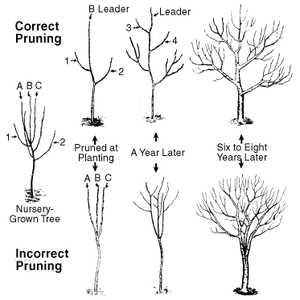- Gardening Tips for Early Spring
- 1. Prepare Your Soil
- 2. Plan Your Garden Layout
- 3. Start Seeds Indoors
- 4. Protect Seedlings from Frost
- 5. Weed Regularly
- 6. Provide Adequate Watering
- 7. Monitor for Pests and Diseases
- 8. Mulch Your Garden
- 9. Keep a Garden Journal
- 10. Enjoy the Process
- Prepare Your Soil
- 1. Clear the Area
- 2. Test the Soil
- 3. Add Organic Matter
- 4. Break Up the Soil
- 5. Remove Weeds
- 6. Consider Mulching
- 7. Follow Planting Guides
- Conclusion
- Choose the Right Plants
- 1. Know your hardiness zone
- 2. Consider the soil type
- 3. Determine the light conditions
- 4. Consider your gardening goals
- 5. Research plant requirements
- 6. Seek expert advice
- Start Seeds Indoors
- Choose the Right Seeds
- Gather Supplies
- Prepare the Seed Trays
- Plant the Seeds
- Provide the Right Conditions
- Transplant the Seedlings
- Clean Up Your Garden Bed
- Remove Weeds
- Prune Dead or Damaged Plants
- Remove Debris
- Amend the Soil
- Inspect and Repair Garden Structures
- Clean and Sharpen Tools
- Test and Amend Your Soil
- Plan Your Garden Layout
- Protect Your Plants from Frost
- 1. Cover Your Plants
- 2. Mulch Your Garden Beds
- 3. Water Your Plants
- 4. Use Heat Sources
- 5. Bring Potted Plants Indoors
- Start a Compost Pile
- Question-answer:
- What are some gardening tips for early spring?
- How do I clean up my garden beds in early spring?
- When should I prune my trees and shrubs in early spring?
- Can I start seeds indoors in early spring?
- What are some tips for starting seeds indoors?
- What are some other tasks that can be done in early spring to prepare for gardening?
- Video: 7 Vegetables to Start Now | Early Spring Gardening Tips: P. Allen Smith

Welcome to the wonderful world of gardening! As the temperatures start to rise and the days become longer, it’s the perfect time to start planning and preparing your garden for the upcoming growing season. Whether you’re a seasoned gardener or a beginner, these early spring gardening tips will help you get a head start on a successful garden.
1. Clean Up and Prepare Your Garden Beds: The first step in starting your garden is to clean up any debris, remove any weeds, and prepare your garden beds. Rake away any fallen leaves and dead plants, and pull out any pesky weeds that may have taken root during the winter months. Once your garden beds are clear, add compost or organic matter to improve the soil quality and fertility.
2. Plan Your Garden Layout: Take some time to plan out your garden layout. Consider the amount of space you have available, the amount of sunlight your garden receives, and the types of plants you want to grow. Group plants with similar needs together and consider companion planting to maximize space and deter pests. A well-planned garden layout will make it easier to care for your plants and ensure they thrive.
3. Start Seeds Indoors: Many plants benefit from an early start indoors before being transplanted outdoors. Start seeds indoors in containers with good drainage and quality potting soil. Use a grow light or place the containers near a sunny window to provide adequate light. Follow the planting instructions on the seed packets and keep the soil evenly moist. Transplant the seedlings outdoors when they are strong and the threat of frost has passed.
4. Protect Your Garden from Pests and Weeds: As you start your garden, be proactive in protecting it from pests and weeds. Install physical barriers such as fencing or netting to prevent animals from damaging your plants. Use mulch to suppress weed growth and maintain soil moisture. Consider using organic pest control methods, such as companion planting, beneficial insects, and homemade pest sprays.
Remember, gardening is a journey, and each year is a new opportunity to learn and grow. Don’t be afraid to experiment, try new techniques, and have fun with your garden. With these early spring gardening tips, you’ll be well on your way to a bountiful and beautiful garden.
Gardening Tips for Early Spring
1. Prepare Your Soil
Before planting any new crops, it’s essential to prepare your soil. Start by clearing away any debris and weeds from the previous year. Loosen the soil with a garden fork or tiller to improve its texture and allow for better drainage. You can also incorporate compost or organic matter to enrich the soil with nutrients.
2. Plan Your Garden Layout
Take some time to plan out your garden layout and decide which plants you want to grow. Consider the amount of sunlight each area of your garden receives and group plants accordingly. This will help ensure that your plants thrive and receive the appropriate amount of light.
3. Start Seeds Indoors
For early spring crops, such as tomatoes and peppers, it’s best to start the seeds indoors. Fill seed trays or pots with a seed starting mix and plant the seeds according to package instructions. Place the trays in a warm location or use a seedling heat mat to encourage germination. Once the seedlings have grown, you can transplant them into your garden.
4. Protect Seedlings from Frost
Early spring weather can still be unpredictable, with the risk of frost. If you’ve already planted seedlings in your garden, it’s important to protect them. Cover the plants with a frost cloth or a layer of mulch to shield them from low temperatures. You can also use cloches or cold frames to create a microclimate for young plants.
5. Weed Regularly
Weeds can quickly take over your garden if left unchecked, so it’s important to weed regularly. Remove any weeds as soon as you spot them to prevent them from competing with your plants for nutrients and space. Use a hand trowel or garden hoe to remove weeds, taking care not to disturb your crops.
6. Provide Adequate Watering
Watering is crucial, particularly in the early stages of your plants’ growth. Check the moisture level of your soil regularly and water your garden as needed. Be sure to water deeply to encourage strong root development. Consider using a soaker hose or drip irrigation system to deliver water directly to the roots and minimize evaporation.
7. Monitor for Pests and Diseases
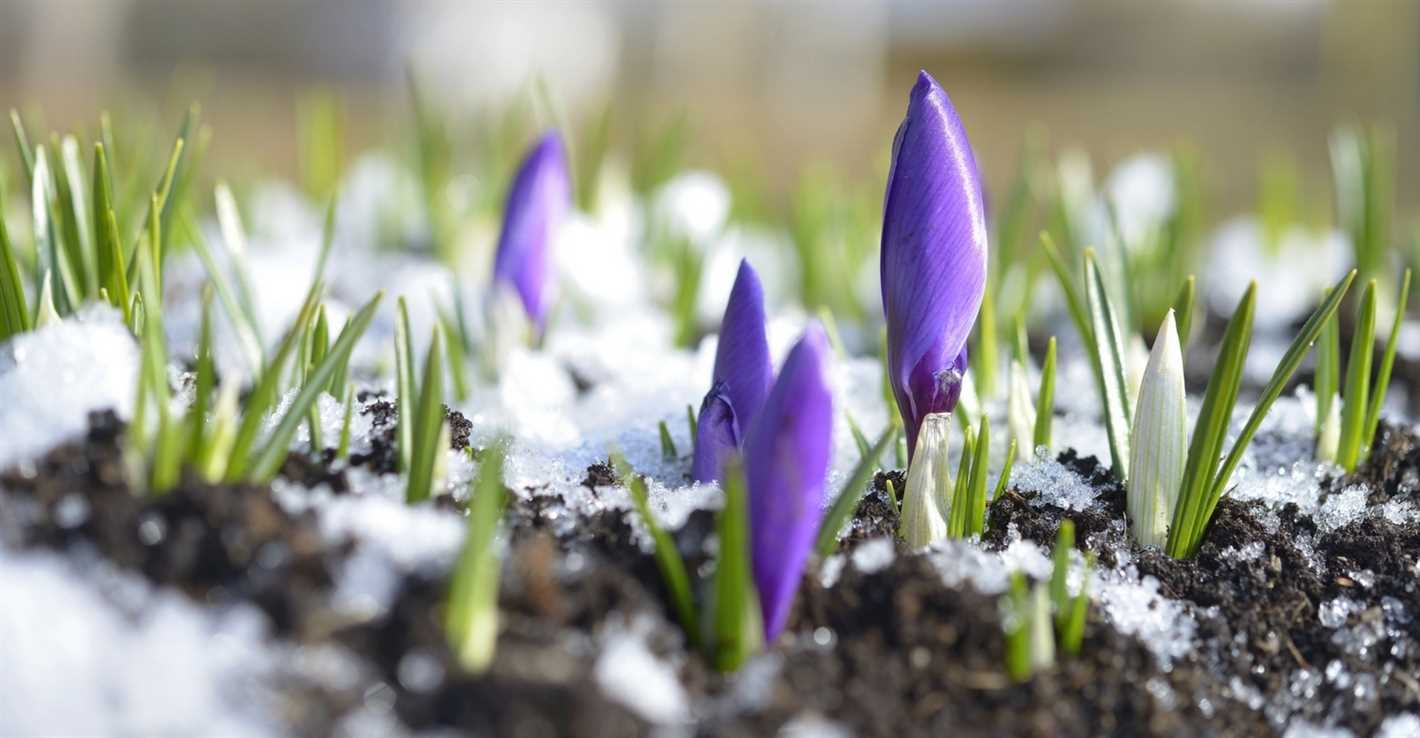
Pests and diseases can pose a threat to your garden, so it’s important to monitor for any signs of trouble. Regularly inspect your plants for any unusual spots, discoloration, or chewed leaves. If you notice any issues, identify the problem and take appropriate action, such as using organic pest control methods or removing infected plants.
8. Mulch Your Garden
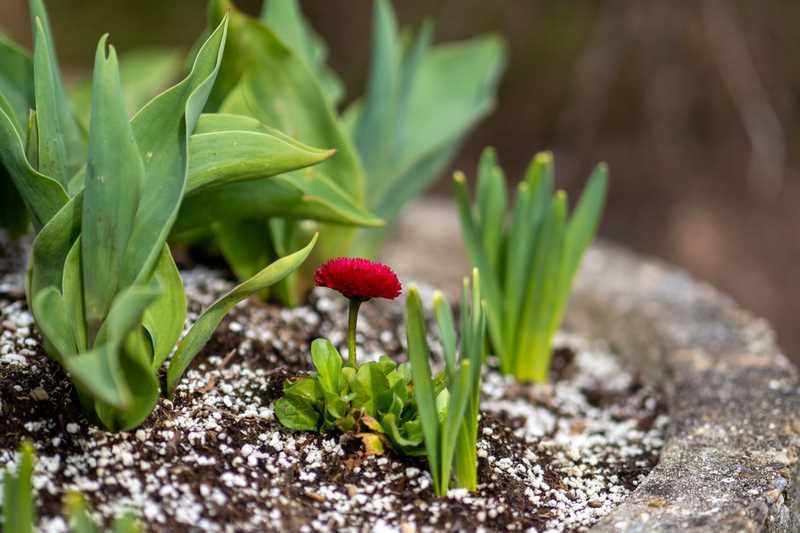
Applying a layer of mulch to your garden helps conserve moisture, suppress weeds, and regulate soil temperature. Choose organic mulch, such as straw or wood chips, and spread it around your plants, leaving a gap around the stems. Mulch should be 2-3 inches deep for optimal effectiveness.
9. Keep a Garden Journal
Maintain a garden journal to track your progress, note any successes or failures, and record important information. This includes the dates of planting, fertilizing, and harvesting, as well as observations about your plants’ growth and performance. A garden journal can be a valuable resource for future gardening seasons.
10. Enjoy the Process
Lastly, remember to enjoy the process of gardening. Gardening is a rewarding and therapeutic activity that allows you to connect with nature and produce your own food. Take time to appreciate the beauty and growth in your garden, and don’t forget to relax and enjoy the fruits of your labor.
Prepare Your Soil
Preparing your soil is one of the most crucial steps in starting a successful garden in early spring. Here are some tips to help you get your soil ready for planting:
1. Clear the Area
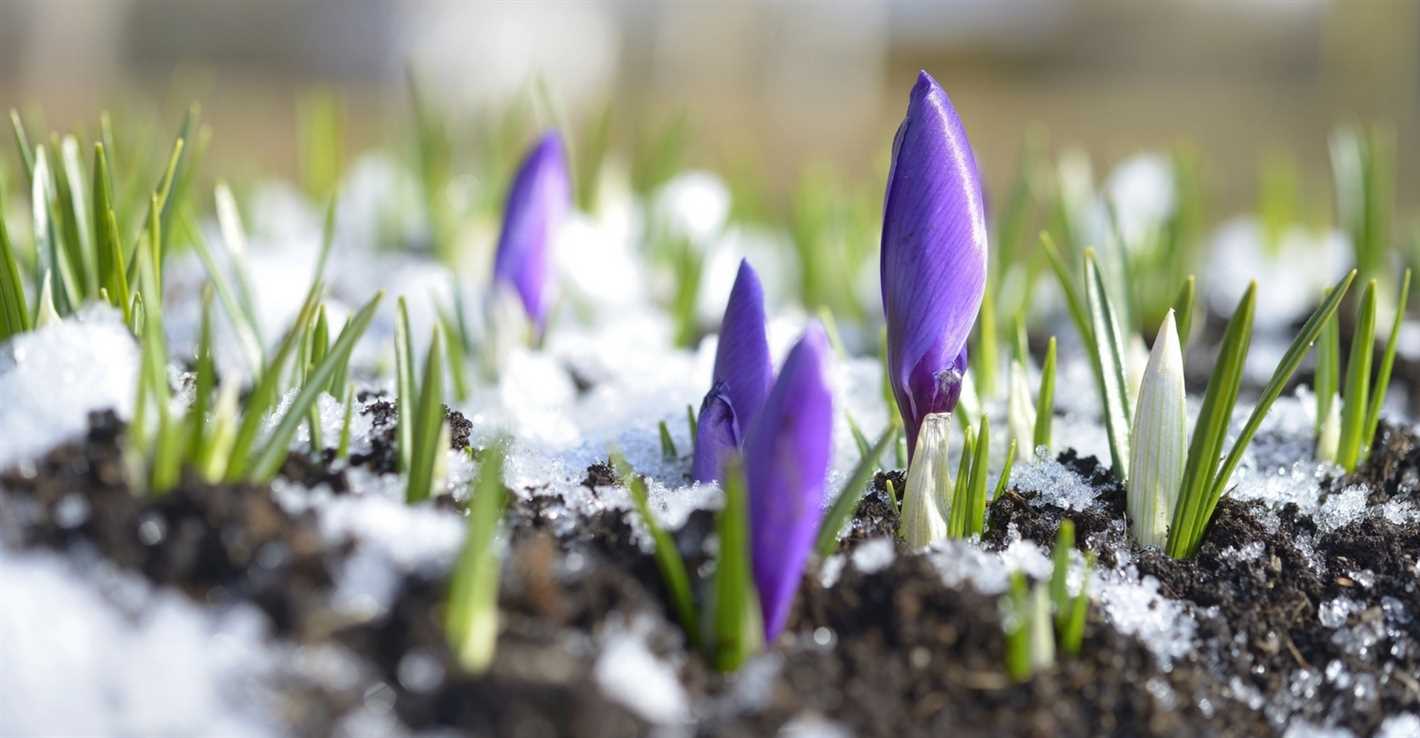
Start by clearing the area where you plan to have your garden. Remove any debris, rocks, or weeds that might hinder the growth of your plants. This will also help improve the overall appearance of your garden.
2. Test the Soil
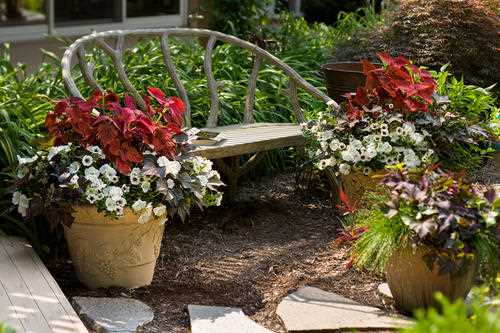
Before planting, it is important to test the soil to determine its pH level and nutrient content. You can do this by purchasing a soil testing kit or sending a sample to a local agricultural extension office. This will help you know what amendments or fertilizers your soil needs.
3. Add Organic Matter
Adding organic matter to your soil is essential for its health and fertility. You can incorporate compost, aged manure, or leaf mold to improve the soil structure, retain moisture, and provide essential nutrients for your plants.
4. Break Up the Soil
To ensure proper root growth and water absorption, it is necessary to break up compacted soil. Use a garden fork or tiller to loosen the soil and create a suitable environment for your plants.
5. Remove Weeds
Prior to planting, it is important to remove any existing weeds from the soil. Weeds compete with your plants for nutrients and water, so eliminating them will help your plants thrive.
6. Consider Mulching
Applying a layer of mulch around your plants can help conserve moisture, suppress weed growth, regulate soil temperature, and improve overall soil health. Organic mulches like wood chips, straw, or leaves are great options for your garden.
7. Follow Planting Guides
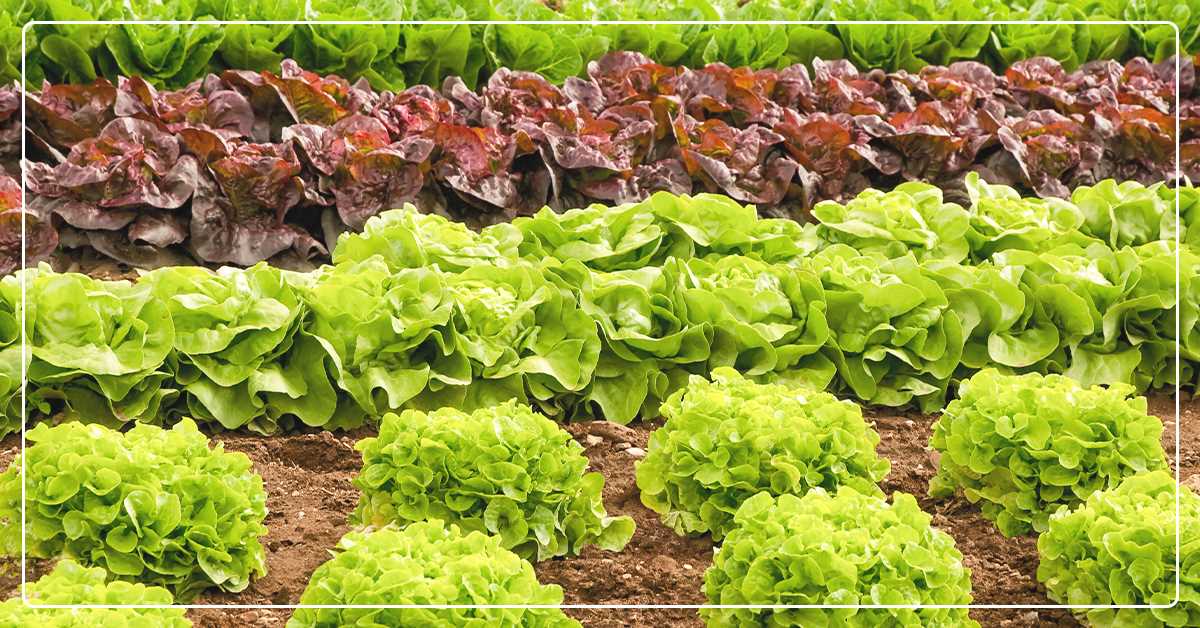
Finally, make sure to consult planting guides specific to your region and the plants you intend to grow. These guides will provide you with valuable information on when and how to plant different vegetables, flowers, or herbs.
Conclusion
Properly preparing your soil is an essential step in establishing a successful garden in early spring. By following these tips, you can create an optimal environment for your plants to grow, thrive, and provide you with a bountiful harvest.
Choose the Right Plants
When planning your garden for early spring, it’s important to choose the right plants that will thrive in your area’s specific climate and conditions. Here are some tips to help you make the right choices:
1. Know your hardiness zone
Every plant has a specific hardiness zone, which is determined by the average minimum winter temperatures in a particular region. Understanding your zone will guide you in selecting plants that can withstand the cold temperatures of early spring.
2. Consider the soil type
Take a look at the type of soil you have in your garden. Is it sandy, clay-based, or loamy? Some plants prefer well-draining soil, while others thrive in heavier soil types. Knowing your soil type will help you choose plants that will grow best in your garden.
3. Determine the light conditions
Observe the amount of sunlight your garden receives throughout the day. Some plants prefer full sun, while others can tolerate partial shade or even thrive in full shade. Understanding the lighting conditions will help you find the right plants that will thrive in your specific garden.
4. Consider your gardening goals
Think about what you want to achieve with your garden. Are you looking to grow vegetables, flowers, or a combination of both? Consider the space you have available, as well as the time and effort you are willing to put into maintaining your garden. This will help you choose plants that align with your gardening goals.
5. Research plant requirements
Before purchasing plants, take the time to research their specific requirements. Pay attention to factors such as watering needs, growth habits, and disease resistance. This information will help you select plants that are well-suited to your garden and will increase your chances of success.
6. Seek expert advice
If you are unsure about which plants to choose, reach out to local garden centers, nurseries, or gardening communities for expert advice. They will be able to provide recommendations based on your specific gardening needs and conditions.
By taking these factors into consideration and choosing the right plants for your garden’s unique conditions, you will set yourself up for a successful and beautiful garden in early spring.
Start Seeds Indoors
Starting seeds indoors is a great way to get a head start on your garden before the weather is warm enough for outdoor planting. Here are some tips on how to successfully start seeds indoors:
Choose the Right Seeds
Not all plants are suitable for starting indoors. Make sure to choose seeds that have a long growing season and are well-suited for indoor cultivation. Some popular options include tomatoes, peppers, herbs, and flowers.
Gather Supplies
Before starting your seeds, gather all the necessary supplies. This includes seed trays or pots, a seed starting mix, labels, and a watering can.
Prepare the Seed Trays
Fill the seed trays or pots with a seed starting mix. This specialized soil mix provides the ideal conditions for germination and early growth. Moisten the mix with water before planting the seeds.
Plant the Seeds
Follow the instructions on the seed packet for the proper depth and spacing for each type of seed. Make a small hole in the soil with your finger or a pencil, drop the seed in, and cover it with soil. Label each tray or pot with the name of the plant.
Provide the Right Conditions
Seeds require warmth, light, and moisture to germinate and grow. Place the seed trays in a warm location, such as near a sunny window or on top of a seedling heat mat. Ensure that the soil remains moist by watering gently whenever it starts to dry out.
Transplant the Seedlings
Once the seedlings have grown their first set of true leaves, they are ready to be transplanted into larger pots or moved into the garden. Harden them off gradually by exposing them to outdoor conditions for a few hours each day before final planting.
By starting seeds indoors, you can extend your growing season and have healthy, well-established plants ready for the garden when the weather allows. Happy gardening!
Clean Up Your Garden Bed
As spring approaches, it’s important to clean up your garden bed to prepare it for the new growing season. A clean garden bed not only looks neat and tidy, but it also helps to prevent the spread of diseases and pests. Here are some tips to get started:
Remove Weeds
The first step in cleaning up your garden bed is to remove any weeds that may have taken root over the winter. Weeds can compete with your plants for nutrients and water, so it’s important to get rid of them early on. Use a garden fork or a hand trowel to gently loosen the soil around the weeds, making sure to remove the roots as well.
Prune Dead or Damaged Plants
Take a look at your plants and identify any dead or damaged branches. Pruning these branches will not only improve the aesthetics of your garden bed but also promote new growth. Use a pair of clean and sharp pruning shears to make clean cuts just above a healthy bud or lateral branch.
Remove Debris
Clear away any fallen leaves, twigs, or other debris that may have accumulated in your garden bed. This will help to improve air circulation and prevent the growth of mold or fungus. Consider adding the debris to your compost pile if it’s free from diseases or pests.
Amend the Soil
Before planting new crops or flowers, it’s essential to amend the soil in your garden bed. Add compost or well-rotted manure to improve the nutrient content and structure of the soil. Use a garden fork or a shovel to work the amendments into the top few inches of soil.
Inspect and Repair Garden Structures
Take the time to inspect any trellises, supports, or other structures that may need repair. Make sure they are sturdy and safe for your plants to grow on. Replace any broken or damaged parts, such as stakes or strings, to ensure the stability and longevity of your garden bed.
Clean and Sharpen Tools
Finally, clean and sharpen your gardening tools to prepare them for the season. Remove any dirt or rust using a wire brush or sandpaper, and then wipe them down with a clean cloth. Sharpen the blades of your pruners, scissors, and knives to ensure clean and precise cuts.
By following these steps to clean up your garden bed, you’ll be setting the stage for a successful gardening season. Remember to take your time and enjoy the process, as gardening can be a therapeutic and rewarding activity.
Test and Amend Your Soil
Before starting your garden in early spring, it’s important to test and amend your soil to ensure it has the right nutrients and pH level for healthy plant growth. Here are some steps you can take:
- Test Your Soil: Use a soil testing kit or send a sample to a local agricultural extension office to determine your soil’s nutrient levels and pH. This will help you identify any deficiencies or imbalances.
- Adjust Soil pH: If your soil has a pH that is too high or too low for the plants you want to grow, you can adjust it by adding organic matter such as compost, peat moss, or sulfur to lower pH, or lime to raise pH.
- Amend Nutrient Levels: If your soil lacks essential nutrients, you can amend it by adding organic fertilizers or soil amendments. Common organic fertilizers include compost, manure, and fish emulsion. Choose fertilizers based on the needs of your specific plants.
- Improve Soil Texture: If your soil is heavy clay or compacted, you can improve its texture by adding organic matter such as compost or aged manure. This will help improve drainage and create a more friable soil that is easier for roots to penetrate.
By testing and amending your soil in early spring, you can create optimal growing conditions for your plants and increase your chances of a successful garden.
Plan Your Garden Layout
Before you start planting your garden, it’s important to plan out the layout. A well-planned garden can help maximize space, improve aesthetics, and facilitate easy access for maintenance and harvesting. Here are some tips to help you plan your garden layout:
- Consider your space: Look at the available space in your garden and consider factors such as sunlight, soil quality, and drainage. This will help determine the types of plants you can grow and their positioning.
- Decide on the garden style: Think about the overall style you want to achieve in your garden. Whether you prefer a formal, symmetrical layout or a more natural, free-form design, this will impact the placement of plants and other garden features.
- Divide your garden into zones: Create different zones within your garden based on plant types, such as vegetables, flowers, or herbs. This will help organize your garden and make it easier to care for different plants with specific needs.
- Create paths and walkways: Plan for paths and walkways throughout your garden to provide easy access and prevent trampling on delicate plants. Consider using materials such as gravel, stepping stones, or mulch to create pathways.
- Consider companion planting: Research which plants work well together and group them accordingly. Companion planting can help maximize productivity, enhance flavor, repel pests, and improve pollination in your garden.
- Include additional features: Think about adding additional features to your garden, such as trellises, arches, or raised beds. These features can add visual interest and functionality to your garden design.
By taking the time to plan your garden layout, you can create a beautiful and functional space that will thrive throughout the growing season. Remember to consider your specific needs and preferences, and don’t be afraid to make adjustments as you go along.
Protect Your Plants from Frost
As temperatures start to drop in the early spring, it’s important to take steps to protect your plants from frost. Frost can damage or even kill young, tender plants, so it’s crucial to be prepared. Here are some tips to help you protect your plants:
1. Cover Your Plants
- Use frost blankets or row covers to protect your plants from freezing temperatures.
- Make sure the cover extends all the way to the ground and is securely anchored.
- Remove the cover during the day to allow sunlight and air circulation.
2. Mulch Your Garden Beds
- Apply a layer of mulch around your plants to insulate the soil and help retain heat.
- Straw, leaves, or pine needles can all be used as mulch.
- Aim for a layer of mulch that is 2-3 inches thick.
3. Water Your Plants
- Moist soil retains heat better than dry soil, so make sure your plants are well-watered.
- Water your plants early in the day to give them time to dry before nightfall.
- Avoid overwatering, as this can lead to fungal diseases.
4. Use Heat Sources
- Consider using protective covers that have built-in heat sources, such as electric heating cables or light bulbs.
- Remember to follow the manufacturer’s instructions and precautions when using these heat sources.
5. Bring Potted Plants Indoors
- If you have potted plants, bring them indoors or place them in a protected area, such as a garage or shed, during a frost.
- Make sure to provide adequate light and ventilation for indoor plants.
By taking these precautions, you can help ensure that your plants survive the early spring frosts and continue to grow and thrive throughout the season. Remember to monitor the weather forecast and take action when frost is expected.
Start a Compost Pile
Composting is a great way to recycle organic waste and create nutrient-rich soil for your garden. Here are the steps to start a compost pile:
- Choose a location: Find a spot in your yard that is easily accessible and gets a good amount of sunlight.
- Build or buy a compost bin: You can either build your own compost bin using materials like wood pallets or wire mesh, or you can purchase a ready-made bin from a gardening store.
- Collect compostable materials: Start collecting organic waste such as fruit and vegetable scraps, coffee grounds, eggshells, yard trimmings, and leaves. Avoid adding meat, dairy, and oily foods, as they may attract pests.
- Add the materials to the compost bin: Layer the compostable materials in the bin, alternating between green materials like kitchen scraps and grass clippings, and brown materials like dried leaves and branches. Make sure to mix the materials to speed up the decomposition process.
- Keep it moist: Compost needs moisture to break down properly, so water the pile regularly to keep it moist but not waterlogged.
- Turn the pile: Every few weeks, use a pitchfork or shovel to turn the compost pile. This helps aerate the pile and speeds up the decomposition process.
- Wait for it to mature: Depending on the conditions, compost can take anywhere from a few months to a year to fully mature. Once it has a dark, crumbly texture and an earthy smell, it’s ready to use in your garden.
By starting a compost pile, you can reduce waste, improve your soil, and create a more sustainable garden. Happy composting!
Question-answer:
What are some gardening tips for early spring?
Some gardening tips for early spring include cleaning up the garden beds, pruning trees and shrubs, and starting seeds indoors.
How do I clean up my garden beds in early spring?
To clean up your garden beds in early spring, remove any dead leaves and debris, pull out any weeds, and loosen the soil with a garden fork or tiller.
When should I prune my trees and shrubs in early spring?
You should prune your trees and shrubs in early spring before they start to develop new growth. This is usually done in late winter or early spring while the plants are still dormant.
Can I start seeds indoors in early spring?
Yes, you can start seeds indoors in early spring. This allows you to get a head start on the growing season and gives the plants a chance to establish before being transplanted outside.
What are some tips for starting seeds indoors?
Some tips for starting seeds indoors include using sterile seed starting mix, providing the seeds with proper moisture and temperature, and giving them enough light. You should also make sure to follow the specific instructions for each type of seed you are starting.
What are some other tasks that can be done in early spring to prepare for gardening?
In addition to cleaning up garden beds and starting seeds indoors, other tasks that can be done in early spring to prepare for gardening include dividing and transplanting perennials, sharpening and cleaning garden tools, and applying compost or fertilizer to the soil.







